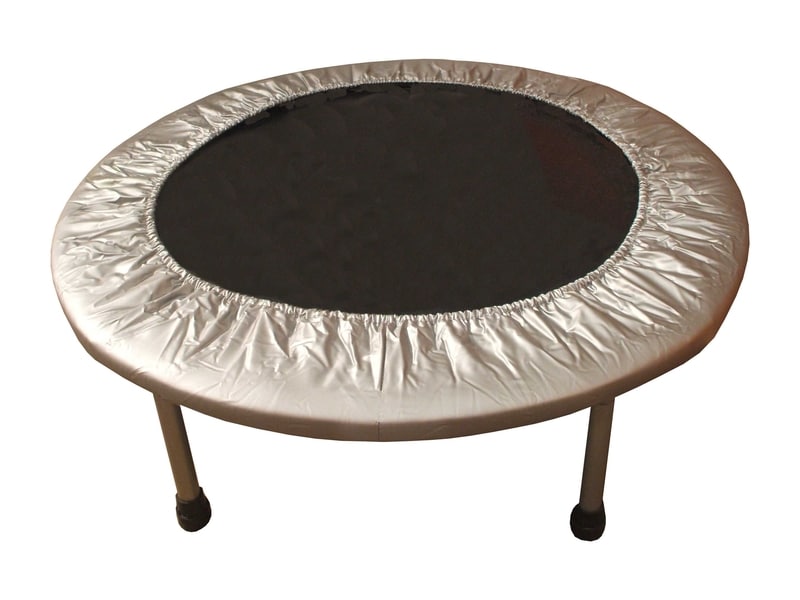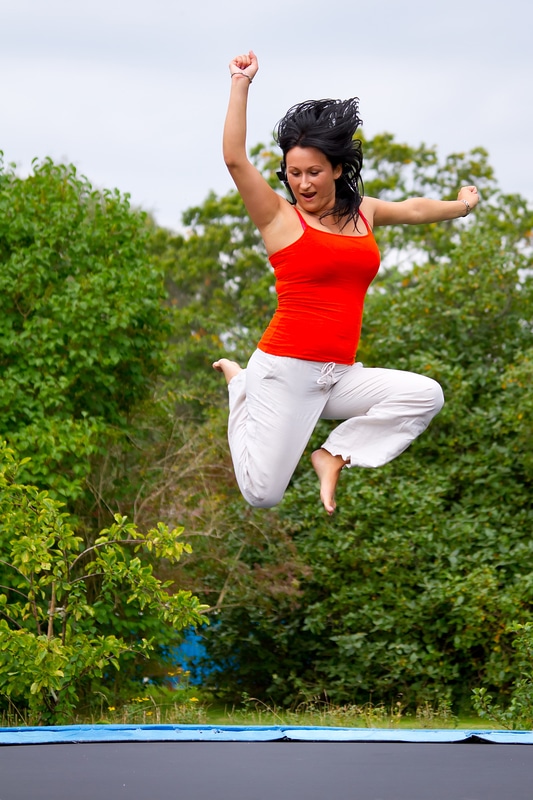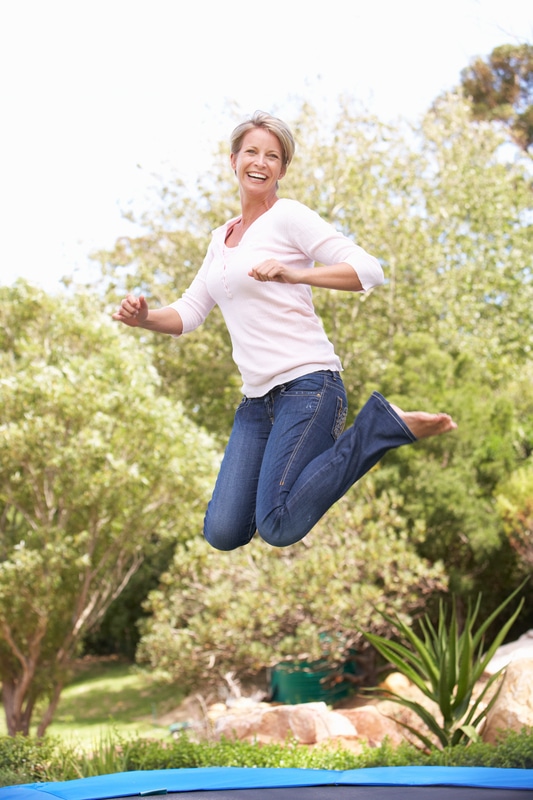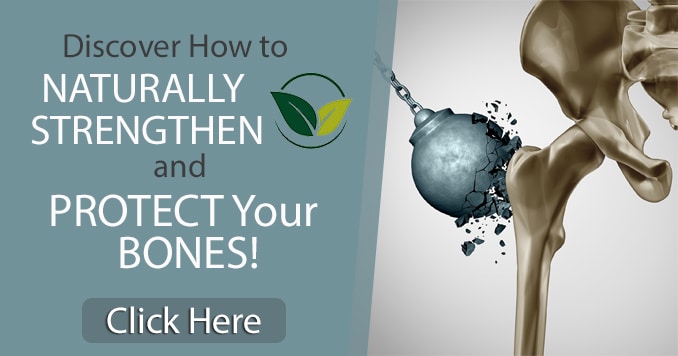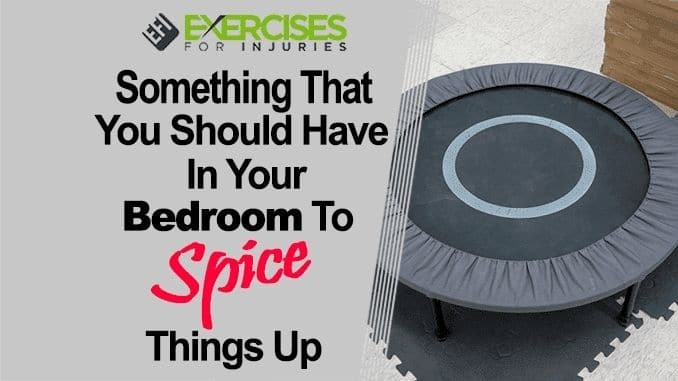
It’s time to rebound! What do I mean? There is something that you should have in your bedroom to spice things up but it’s not what you might think. Rather, this spicy little adventure in the bedroom is all about rebounding and the use of a trampoline.
What?!! A trampoline in the bedroom!
Who ever heard of such a thing? Before you dismiss the idea entirely, let’s dig a little deeper to understand why this could be one of the best ideas ever! If you think about trampolines, you probably drift back to your childhood years or think about kids bouncing up and down outdoors. These activities are filled with fun and also qualify as physical exercise. What you may not realize is that this type of exercise you think of being primarily outdoor, you could bring indoors – right inside your bedroom.
First things first… If you have a trampoline, you can rebound!
To begin spicing up your life in the bedroom through rebounding, you first need to acquire a trampoline. Don’t worry – if you are thinking about those huge yard trampolines and how this could fit into your bedroom, there are much smaller trampolines that could fit quite nicely. The thought of a huge outdoorsy-type of trampoline may be a bit confusing to some people, especially in terms of how this could help folks that are not quite keen on climbing onto a massive trampoline for any reason. So, it’s a good idea to set things straight!
You can acquire a MINI trampoline and use it in your bedroom. Perhaps, you’ve never seen a mini trampoline, but I ASSURE you, these items DO EXIST. Especially as the idea of rebounding catches on and people become more aware of its benefits, the availability of mini trampoline products is on the rise. Yes, you can put a mini trampoline in your bedroom! It takes up minimal space and could be stored under your bed or inside your closet.
Do you know that having this piece of equipment readily available in your bedroom or living room can be quite convenient too? All you need to do is place it in position and start rebounding.
Now that we’ve sorted out the potential confusion about fitting a huge trampoline in your bedroom and confirming that all you need for rebounding is a mini trampoline, let’s discuss what rebounding is and how it works?
Rebounding means jumping, but in a less intense manner than kids on an outdoor trampoline may do. Rather, when you are rebounding, you are rising about 6 inches above the surface of the mini trampoline. In some cases, as you rebound on the mini trampoline, your feet may not actually leave the surface. In such a situation, the surface of your feet press onto the surface of the mini trampoline and the resulting counter-forces push you back upwards while you try to push back onto the trampoline. As the force pushes you upwards, there is some acceleration that diminishes into a very brief pause that provides a sense of weightlessness.
As gravity takes control, you’re pulled towards the ground or floor as a result of the gravitational G-force. You are impacted in a POSITIVE way by this cycle of events and ‘little bounces’. GREAT, RIGHT!!! And the even greater news is that the cycle repeats over and over again as you continue to rebound on the mini trampoline. This repeated motion is what we refer to as rebounding, and these little bounces provide you with IMMENSE benefits.
So, why is rebounding beneficial? What’s all the fuss about? Why do you need to rebound?
If you’ve ever been on a trampoline outdoors, you’ll admit that it can be fun, provides a way to exercise, get your heart rate going, supports flexibility of the joints, and generally can make you more agile. Rebounding can have the same effect, especially in terms of helping you regain some mass in your muscles and bones. Have you been diagnosed with low bone density or minimal muscle mass? If yes, rebounding could be a way to gently regain both muscle and bone mass.
For people who are unable to do a cardio workout without putting unnecessary strain on their bodies, it is interesting to know that this seemingly simple activity can be much more effective than traditional cardio activities like running on a treadmill. One major difference is that rebounding activities introduce an increased G-force in a manner that could be viewed as relatively less tasking than other activities.
There has been research done regarding the activities and motions of rebounding and what impact this could have on the body. Organizations like NASA have been studying rebounding because of its connection to astronauts who can lose significant amounts of bone mass while in space. There was the urgent desire to find ways of correcting the problem. The following are various findings and research related to rebounding:
- A NASA study with the purpose of determining the effect of trampoline exercise when focusing on measurements that included pre-exercise and post-exercise pulse measurements, oxygen consumption during exercise, and the G-force experienced at the ankles, lower back and forehead during exercise. Results from the NASA study revealed that acceleration, deceleration and the associated vertical forces acquired through rebounding developed additional bio-mechanical work while using less energy, reduced oxygen consumption, and thus a less tedious exertion of effort on a person’s heart [1].
- When the activity of rebounding was compared with other activities such as running or walking on a treadmill for levels of a person’s heart rate and oxygen uptake, trampoline jumping was ranked much higher in biomechanical stimuli and could serve a solution to reconditioning of body, especially when an individual has been exposed to weightlessness [2].
- Jumping has an oxygenating effect and can enable you to attain the desired target for your heart rate when you continue jumping or rebounding for at least 40 minutes [3].
- As an aerobic exercise, rebounding could help tackle stiff joints. The aging process is a normal event and as this occurs, there could be stiffness in the arteries. However, aerobic exercise can act as an inhibitor to such stiffness, especially in cases where it is related to large elastic artery stiffening associated with age [4].
- Detoxification and the enhancement of the immune system enhancement is another benefit you get from rebounding and its effect can be seen at the cellular level, including in different parts of the body such as improved eyesight, better function of the intestines, stronger muscles and much more [5].
How often can you rebound? – The good news is that you can rebound quite a bit during the day. Have fun with it! Some people engage in rebounding every day as a type of exercise. While certain activities are focused on building or toning specific muscles or working on a particular part of the body, rebounding involves the acceleration and deceleration of the entire body. As you move up and down with the mini trampoline and get into a rhythm, the cells of the body are all affected and the impact can be much greater than other exercises because this impact occurs at the cellular level. Thus, all parts of the body benefit from the increased G-force.
There are different types of mini trampolines that could be used for rebounding [6]. Especially if you have some form of diminished bone or muscle mass, pain in your joints and back pain, rebounding could gradually help recondition your body. Actually, for back pain, being active and exercising could be beneficial to your situation. There can be tactics to eliminate back pain and other types of pain [7]. Thus, rebounding can be a viable option to consider. Now that you have all this great information, it’s time to start rebounding!
Now this has nothing to do with rebounding but it is something that will help you with your health and joint pain. It is 101 Superfoods That Stop Your Joint Pain & Inflammation. You can check it out here:
Rick Kaselj, MS.
.

